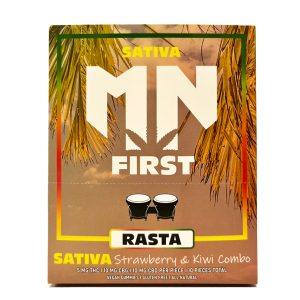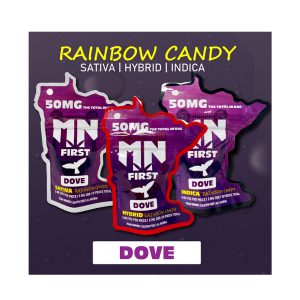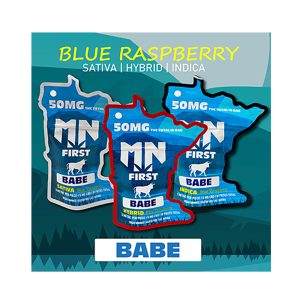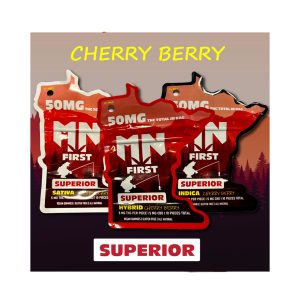**Solvent Basics and Classification:**
– Solutions involve dissolving one substance into another, forming homogeneous mixtures.
– Solvents can be polar or non-polar, classified based on dielectric constants.
– Solvent polarity impacts the dissolution of ionic compounds.
– Solvents are further categorized into polar protic and polar aprotic based on their characteristics.
– Understanding the physical properties of solvents, such as boiling point and density, is crucial in various industries.
**Solvent Polarity Scales:**
– Various scales, like Grunwald-Winstein mY and Kosower’s Z scales, measure solvent polarity.
– Donor number and acceptor scales evaluate solvent interactions with specific substances.
– Reichardt’s dye provides a solvatochromic scale based on transition energy.
– Different scales offer insights into solvent behavior and compatibility with solutes.
**Solvent Properties and Applications:**
– Solvents exhibit varying physical properties like boiling point, dielectric constant, density, and dipole moment.
– Hansen Solubility Parameter values categorize solvents into different groups based on their characteristics.
– Substitutions based on Hansen Solubility Parameters can aid in finding alternative solvent mixtures.
– Boiling point influences evaporation speed, categorizing solvents as low, medium, or high boilers.
**Health and Safety Concerns:**
– Solvent exposure is linked to health hazards like nervous system toxicity, reproductive damage, and respiratory impairment.
– Chronic exposure to solvents can lead to organ damage and chronic solvent-induced encephalopathy.
– Occupational exposure to organic solvents can have adverse neuropsychiatric effects.
– Environmental contamination from solvent spills can impact soil and groundwater, necessitating remediation measures.
**Solvent Mixtures and Applications:**
– Multicomponent solvents like Solvent 645 and Thinners RKB-1 serve various applications but require caution.
– Safety precautions are crucial due to fire risks associated with organic solvents.
– Health effects of solvent exposure range from acute symptoms to long-term health issues.
– Environmental contamination from solvent leaks requires proper handling and remediation strategies.
A solvent (from the Latin solvō, "loosen, untie, solve") is a substance that dissolves a solute, resulting in a solution. A solvent is usually a liquid but can also be a solid, a gas, or a supercritical fluid. Water is a solvent for polar molecules, and the most common solvent used by living things; all the ions and proteins in a cell are dissolved in water within the cell.

Major uses of solvents are in paints, paint removers, inks, and dry cleaning. Specific uses for organic solvents are in dry cleaning (e.g. tetrachloroethylene); as paint thinners (toluene, turpentine); as nail polish removers and solvents of glue (acetone, methyl acetate, ethyl acetate); in spot removers (hexane, petrol ether); in detergents (citrus terpenes); and in perfumes (ethanol). Solvents find various applications in chemical, pharmaceutical, oil, and gas industries, including in chemical syntheses and purification processes.
English
Etymology
From French solvent, from Latin solventem, accusative singular of solvens, present participle of solvō.





